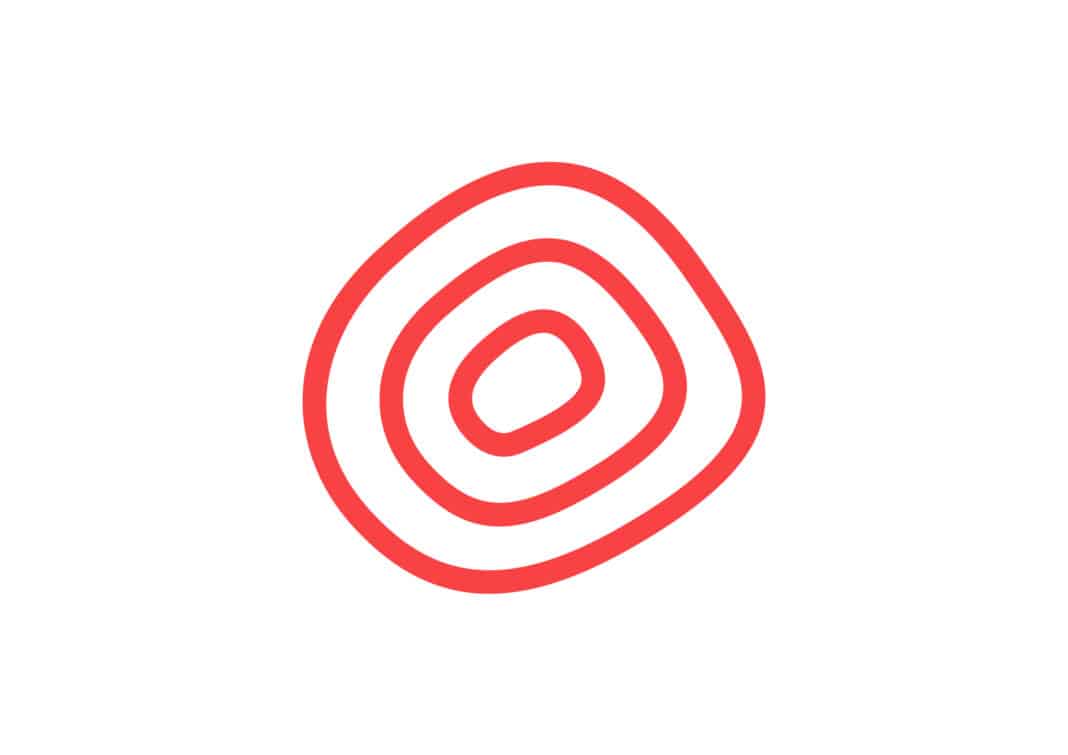Opal Australian Paper has submitted a DL application to EPA Victoria seeking approval to permanently reconfigure its Maryvale site.
Last month, Wood Central reported that Opal was closing the M2 machine, which manufactured white and brown packaging paper at its Maryvale Mill in Victoria’s Latrobe Valley.
“This situation will lead to changes in our manufacturing program; for example, we are continuing to work towards the future transfer of some brown M2 products to the M3 machine,” Opal Australian Paper said in a statement.
As part of the application, the three existing pulp plants will now reduce to two, with the mills “transitioning to the Continuous Kraft Mill and Neutral Sulphate Semi-Chemical operating configuration.”
The changes are required as part of the operating license and discharge limits associated with closing the white pulp and paper manufacturing facilities.
“The DL application will be advertised publicly on the EPA website or Engage Victoria and through one other publication,” Opal said in a statement.
“The community will have at least 15 business days to give feedback on the application.”
The DL was “essential for the successful transition of the Mill to 100 per cent brown packaging grades,” Opal said.
The planned changes will provide the following benefits
- Move to 100 per cent plantation timber with pine softwood supplied from sustainable resources predominantly from the Gippsland region.
- Delivering ongoing pulp capacity requirements for brown packaging paper production.
- The utilisation of modern pulp processing technology in the Continuous Kraft Mill.
- Improvement in product quality and process stability and efficiency with consistent continuous pulping.
- Overall reduction of site environmental and human health risks – including water use, energy and odour sources.”
Operating changes
The proposed operating licence changes requested for air are:
- Recovery Boiler R6 air emissions of oxides of sulfur (as SOx) maximum increased from 2,500 g/min to 5,000 g/min. The 90th Percentile air emission limits for oxides of sulfur (as SOx) will increase from 500g/min to 1500g/min.
- Site bubble limit – Carbon monoxide maximum decreased from 4500g/min to 3500g/min.
- Site bubble limit – Oxides of Nitrogen maximum decreased from 3000g/min to 2500g/min.
- Removal of Discharge points 34 (Chlorine Dioxide Generator), 35 (Recovery Boiler 5) and 57 (Bleach Scrubber Stage) as these are no longer required based on changes to the Mill’s operations.
The proposed operating licence changes requested for water are:
- Discharge to Latrobe River colour increased from a daily maximum of 200mg/L to 230mg/L, annual median increased from 140mg/L to 170mg/L.
- Annual discharge to the Latrobe River flow decreased from 20,130 ML/year to 14,600 ML/year.
- Daily maximum discharge to Latrobe River sulphate decreased from 500 mg/L to 400mg/L.
- Removal of daily discharge to the Latrobe River of adsorbable organohalogen (AOX) and dioxins and furans as there is now no requirement for a bleaching process at the Mill.
All other discharge emissions licence limits remain unchanged.
Opal Australian Paper last month slammed the Victorian government’s decision to end all native forest logging in December 2023, six years earlier than planned.
“We have targeted the closure of M2 to take effect in late August, but several considerations, including customer discussions, will inform this timing.”
“Opal has commenced consultation with our affected team members and their representatives on the impact of this decision.”
According to Office Products International, Nippon Paper’s withdrawal of its white pulp and paper business will result in an expected loss of 4.9 billion yen (AUD 51,216,677) in the first quarter of the financial year 2023/24.
Nippon also expects to record an impairment loss of 1.2 billion yen (AUD 12,547,200) on fixed assets due to a decision to shut the M2 paper machine at the Maryvale Mill from around late August 2023.






